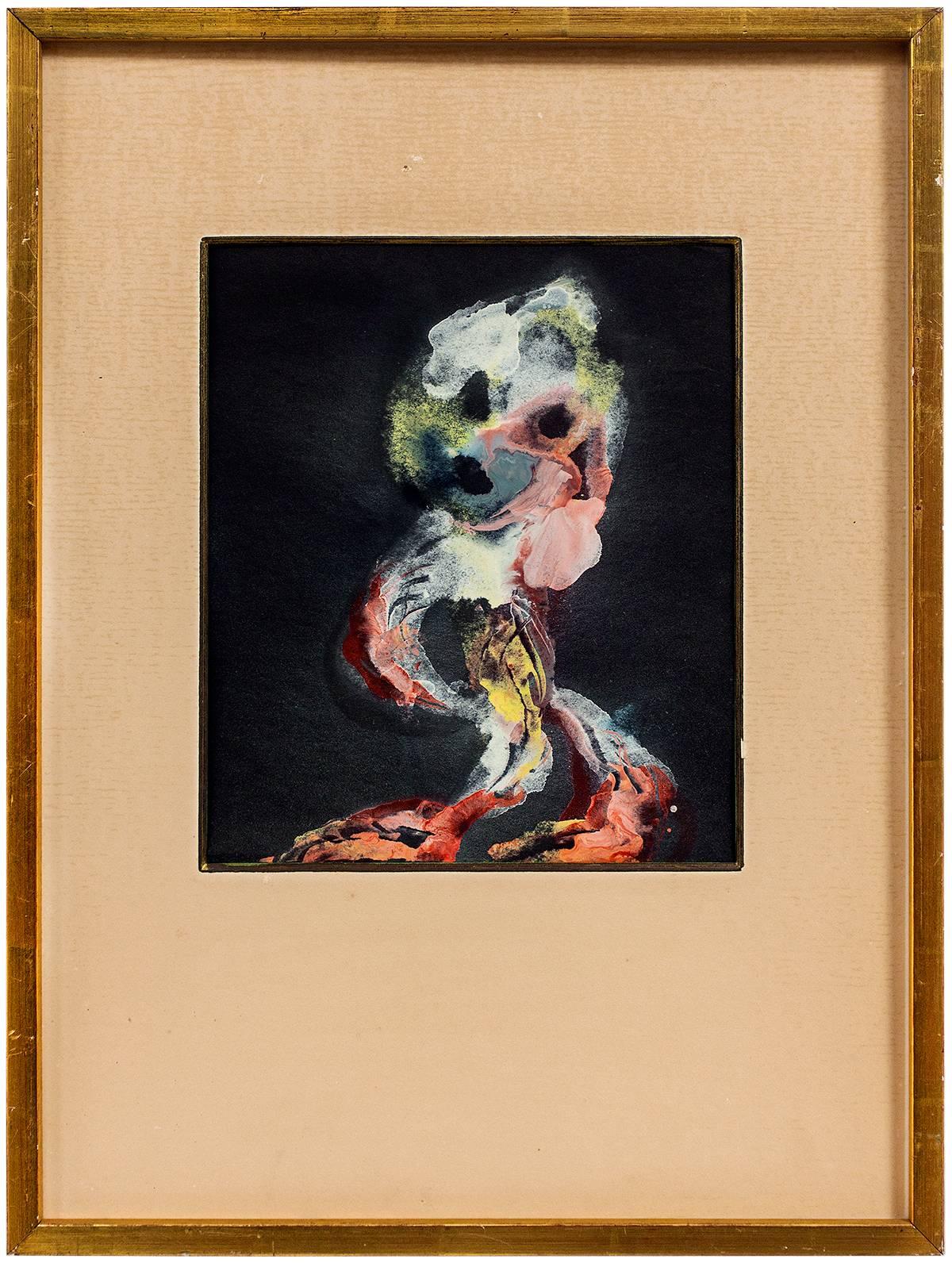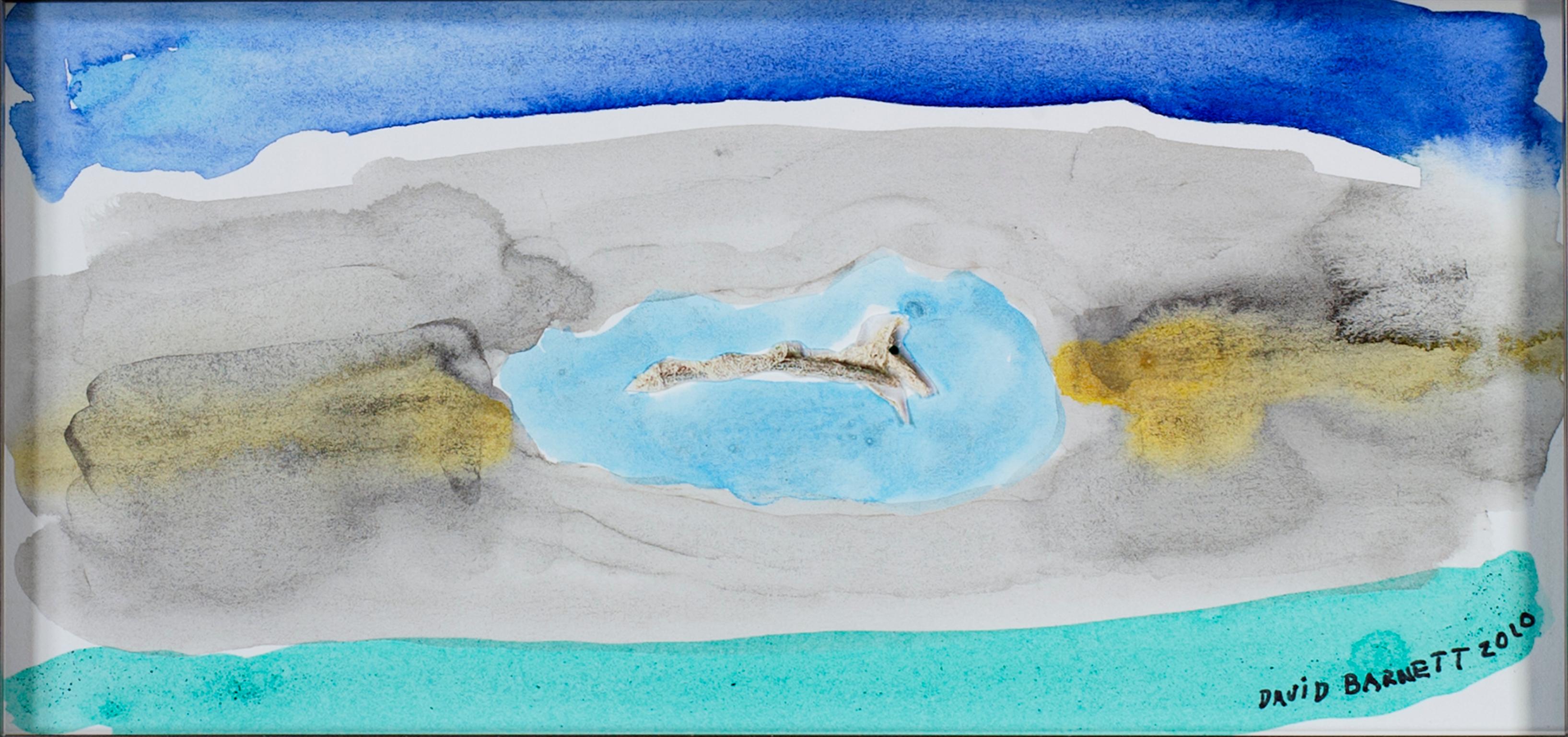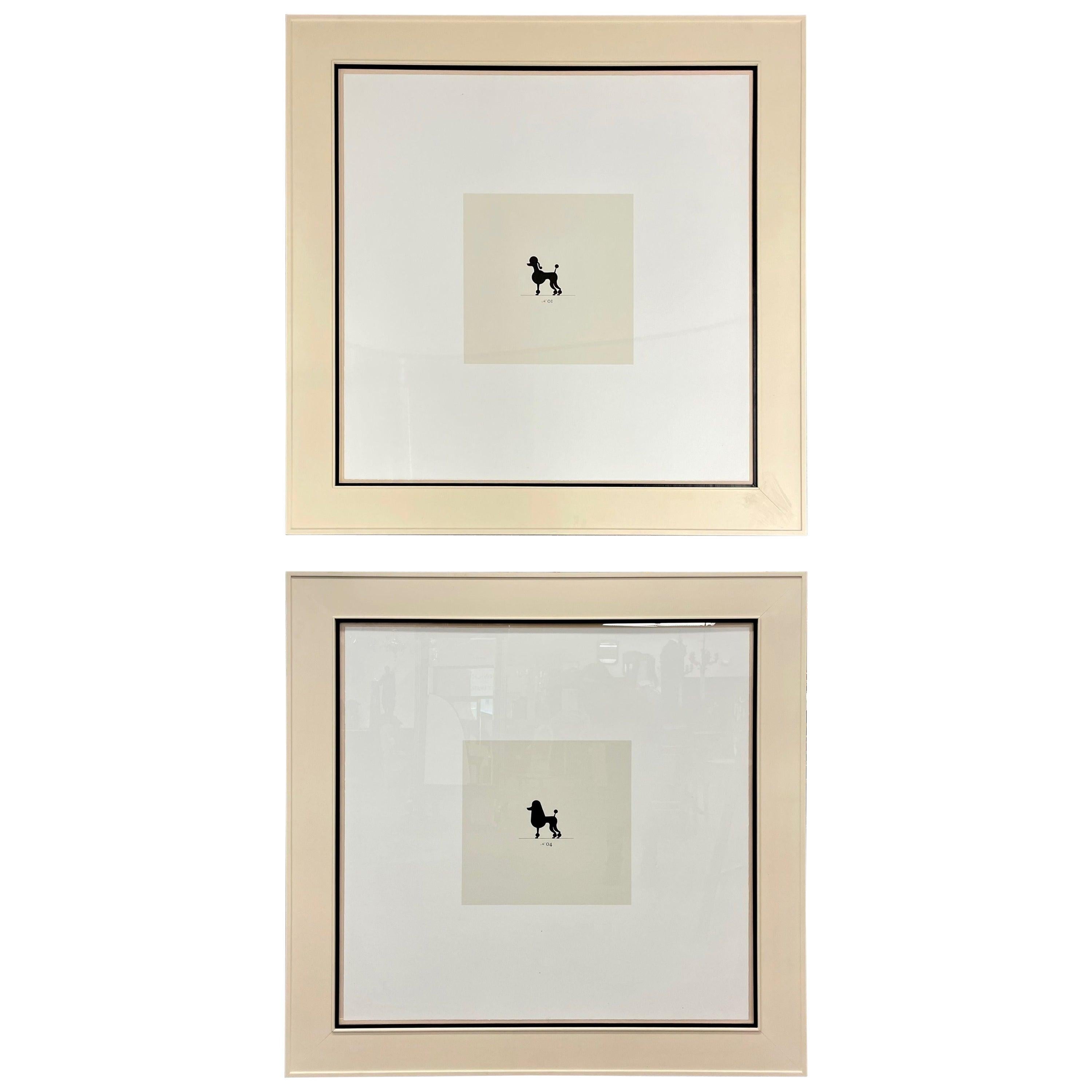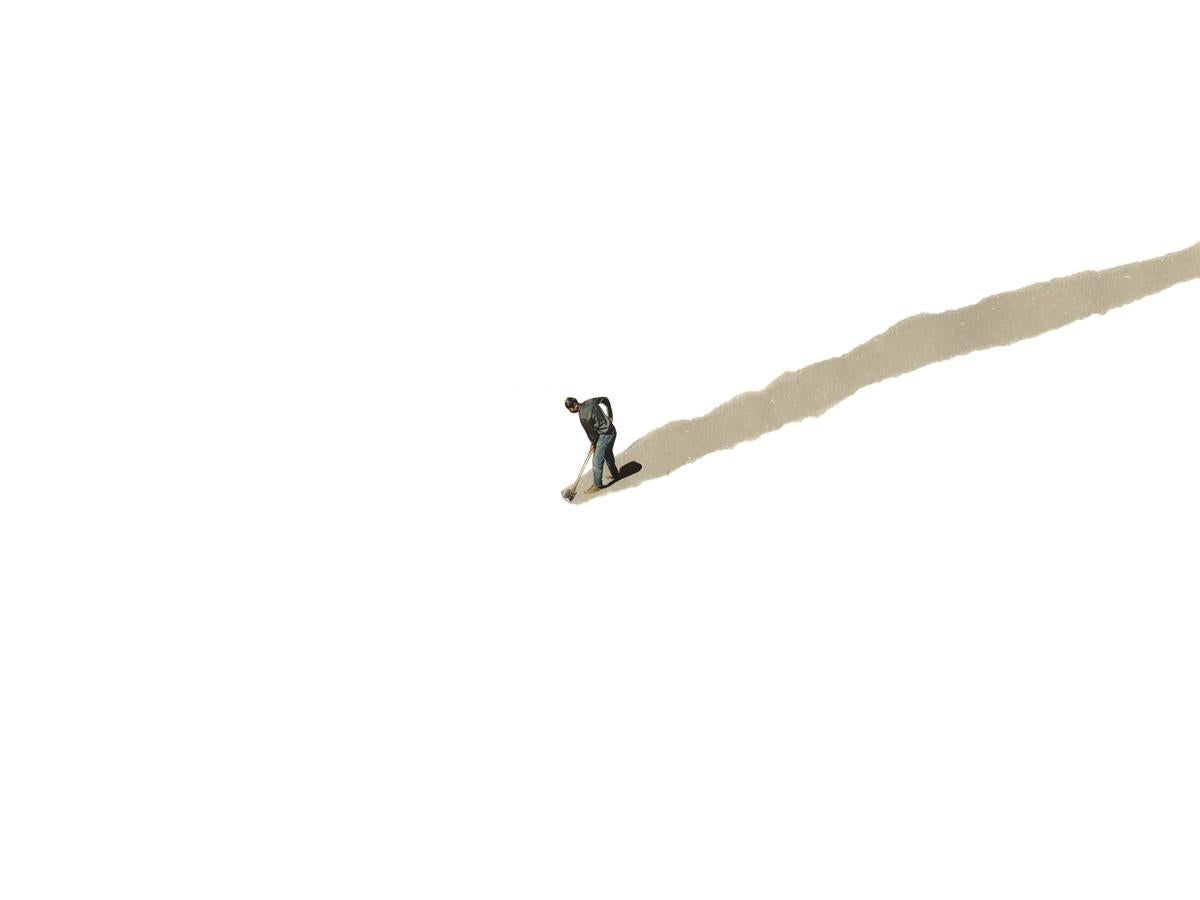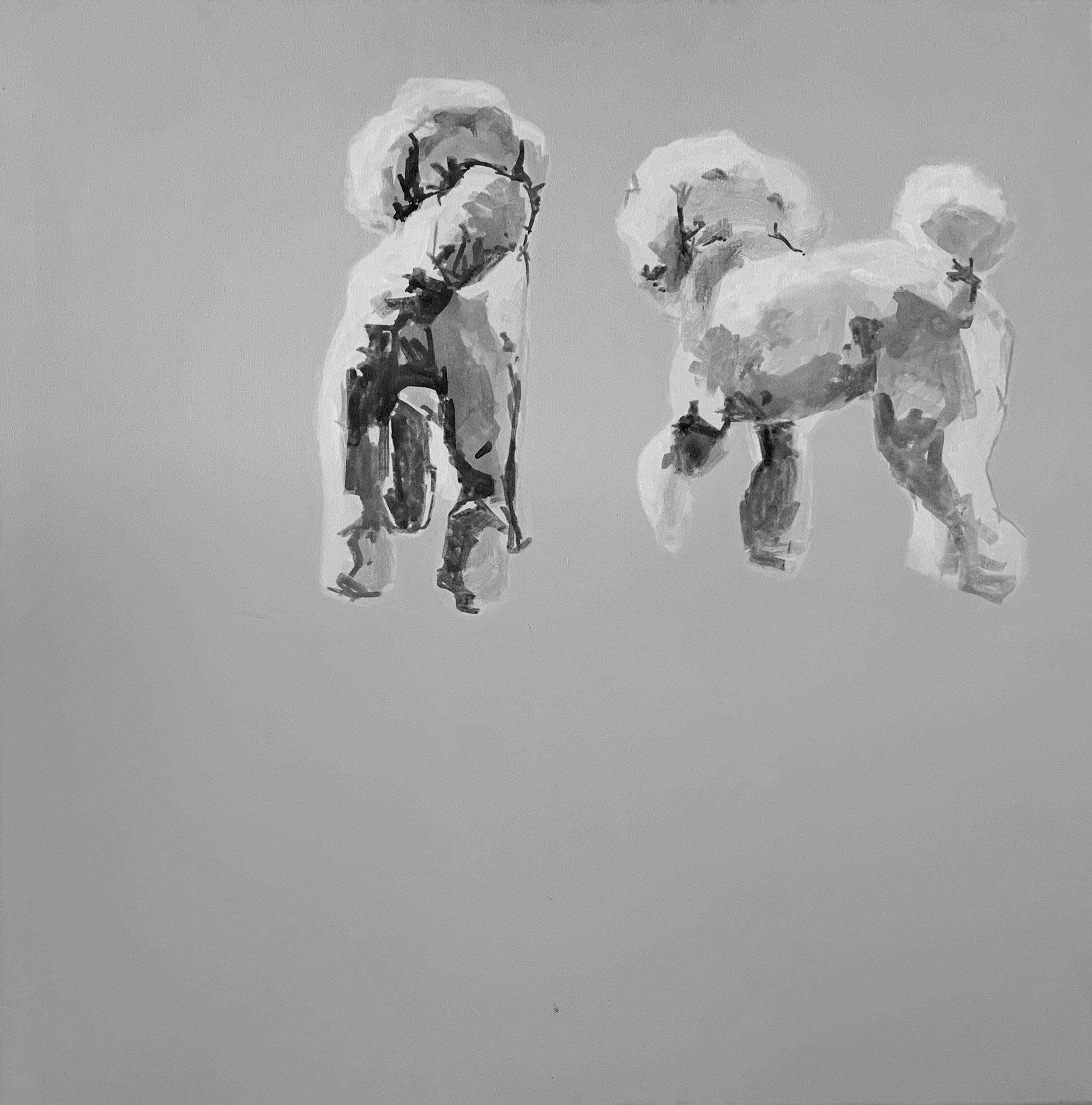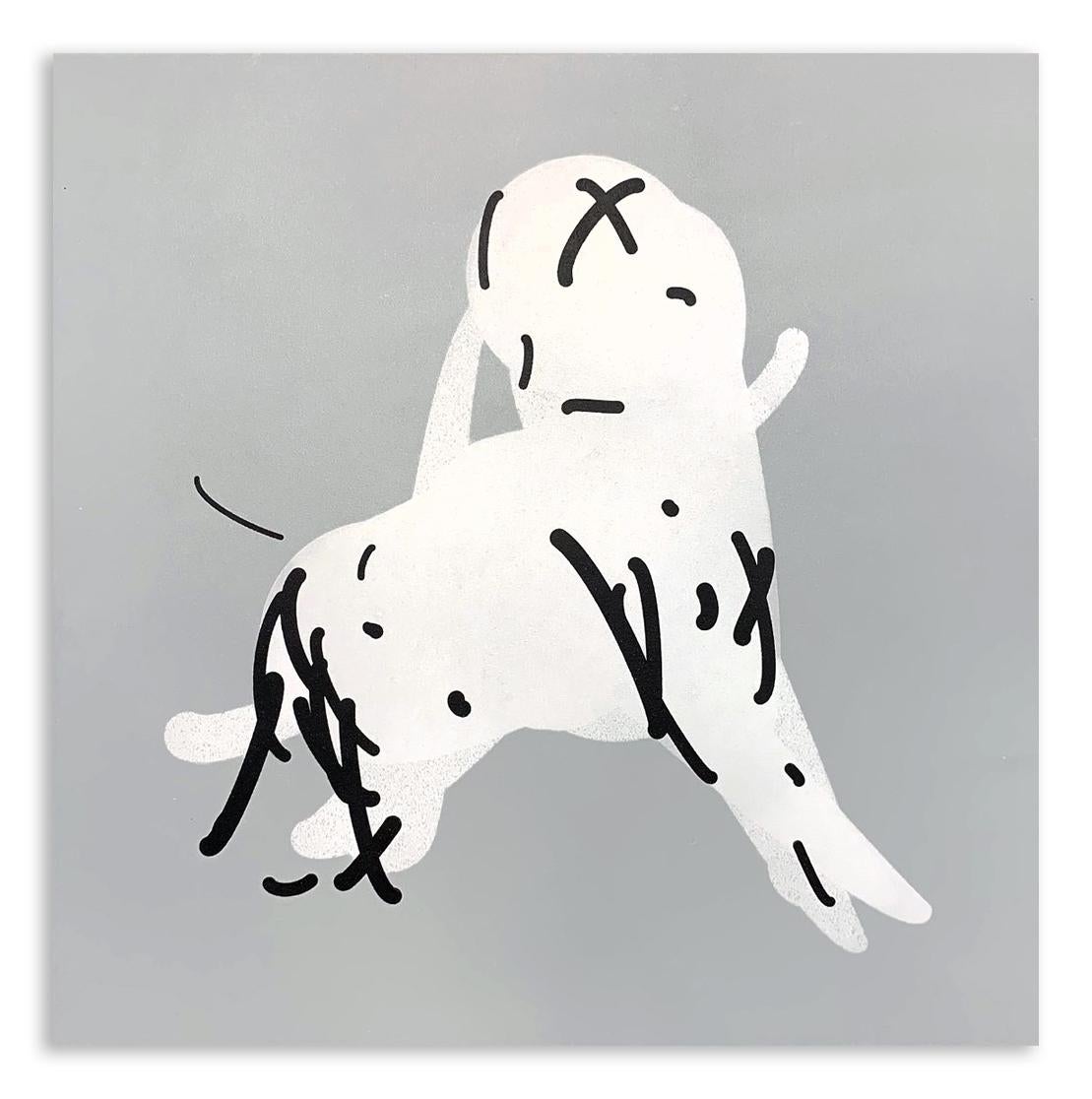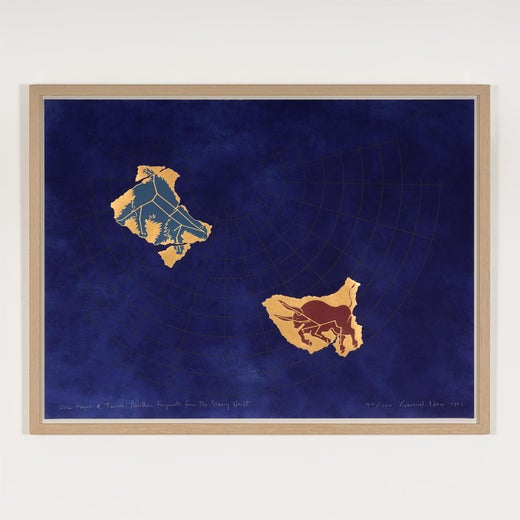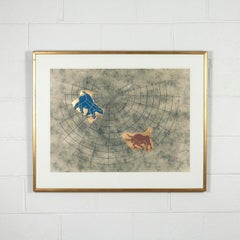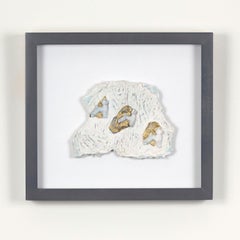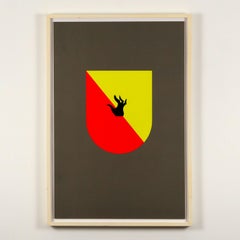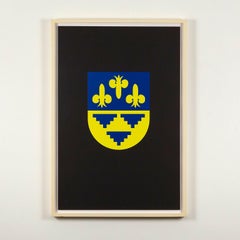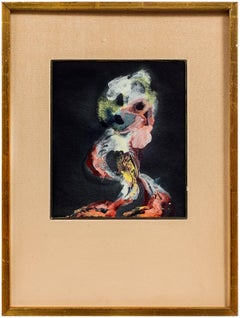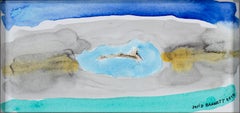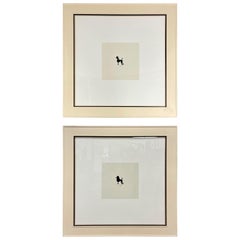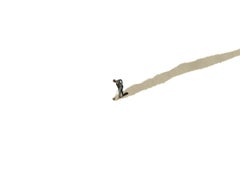Items Similar to A Poodle Creates a Portrait of General Idea as Three Pee Holes in the Snow
Want more images or videos?
Request additional images or videos from the seller
1 of 15
General IdeaA Poodle Creates a Portrait of General Idea as Three Pee Holes in the Snow1981
1981
$4,000
£3,100.30
€3,510.28
CA$5,725.67
A$6,243.31
CHF 3,244.95
MX$74,740.70
NOK 41,159.04
SEK 38,553.14
DKK 26,217.26
About the Item
General Idea was formed in 1967 in Toronto and over the next nearly 30 years, the trio made a remarkable contribution to post-modern art.
With their subversive approach and interest in parody and appropriation, General Idea addressed a broad range of social and art-world issues including consumerism, media consumption, the cult of the artist, and AIDS.
General Idea was both prolific and multi-disciplinary (way before it became de rigueur) creating works in a wide range of media including photography, sculpture, painting, mail art, video, performances, installations, and (perhaps most notably) artist multiples.
The poodle is one of the defining icons in General Idea’s oeuvre, signifying a multitude of meanings. Like many works in their oeuvre the poodle is both cute and subversive. While General Idea had used the poodle motif since the early 1970’s, in this iteration it becomes graphic, stylized, and vaguely robotic.
GI's dedication to creating multiples was tied to their critical exploration of consumerism and art collecting/shopping. AA Bronson explained, “General Idea was at once complicit in and critical of the mechanisms and strategies that join art and commerce, a sort of mole in the art world.”
This image would also appear on the cover of Parachute, a contemporary art magazine, published for their winter 1981 issue. Throughout the 1980's General Idea would depict stylized poodles in an array of prints and multiples.
"A Poodle Creates a Portrait of General Idea as Three Pee Holes in the Snow"
Signed, numbered and dated by the artist.
Canada, 1981
Offset and gold hot-stamping on paper
12.25"H 12.25"W (work)
From an edition of 81
Published by Parachute, Montreal
- Creator:
- Creation Year:1981
- Dimensions:Height: 12.25 in (31.12 cm)Width: 12.25 in (31.12 cm)
- Medium:
- Movement & Style:
- Period:
- Framing:Framing Options Available
- Condition:Very good condition.
- Gallery Location:Toronto, CA
- Reference Number:Seller: 11-22x12-241stDibs: LU215215517962
General Idea
General Idea was commissioned by the Toronto Stock Exchange to install a work/mural. Shortly after the TSX published two prints, a lithograph poster and a limited edition print. However, most of the edition was destroyed/thrown away, when they moved from the trading floor at the TD Centre to their offices. As a result, the work has almost achieved mythological status amongst General Idea collectors.
About the Seller
4.8
Vetted Professional Seller
Every seller passes strict standards for authenticity and reliability
Established in 2009
1stDibs seller since 2015
197 sales on 1stDibs
Typical response time: 9 hours
- ShippingRetrieving quote...Shipping from: Toronto, Canada
- Return Policy
More From This Seller
View AllGeneral Idea "Ursa Major and Taurus"
By General Idea
Located in Toronto, Ontario
General Idea formed in 1967 in Toronto and over the next nearly 30 years made a remarkable contribution to post-modern art.
Their body of work combines provocative or banal imagery with wit and irony, creating subversive cultural critiques on a wide range of topics from the role of the artist in society to the AIDS crisis.
Two of the members, Felix Partz and Jorge Zontal died of AIDS in 1994. Its surviving member, AA Bronson...
Category
1980s Post-Modern Figurative Prints
Materials
Color
Pavillion Fragment
By General Idea
Located in Toronto, Ontario
In 1967, General Idea was founded in Toronto by AA Bronson (b. 1946), Felix Partz (1945-1994), and Jorge Zontal (1944-1994). Over the course of 25 years, they made a significant cont...
Category
1980s Post-Modern Abstract Sculptures
Materials
Plaster
The Hand of the Spirit of Miss General Idea
By General Idea
Located in Toronto, Ontario
In 1967, General Idea was founded in Toronto by AA Bronson (b. 1946), Felix Partz (1945-1994), and Jorge Zontal (1944-1994). Over the course of 25 years, they made a significant contribution to postmodern and conceptual art in Canada and beyond.
The group was both prolific and multi-disciplinary long before it became de rigueur. They with photography, sculpture, painting, mail art, video, installation, multiples, and performance.
With their subversive approach and interest in parody and appropriation, General Idea addressed a broad range of social (and art-world) issues such as the cult of the artist, mass media, queer identity, and consumerism.
Thematic continuity was a key element in General Idea's work. Early on they introduced talismans or logos that they would revisit and re-envision, including skulls, ziggurats, and poodles. Perhaps one of the earliest of these icons is the pinching hand, or "Hand of the Spirit" which debuts around 1972 and appears frequently throughout the decade.
Centered on a hand-painted background, "The Hand of the Spirit of Miss General Idea" features a vibrant crest that displays a hand with fingers curled in a mystical gesture.
This print comes from "Fear Management": a set of 8 prints...
Category
1980s Post-Modern Figurative Prints
Materials
Screen
Passion Over Reason
By General Idea
Located in Toronto, Ontario
In 1967, General Idea was founded in Toronto by AA Bronson (b. 1946), Felix Partz (1945-1994), and Jorge Zontal (1944-1994). Over 25 years, they made a significant contribution to postmodern and conceptual art in Canada and beyond.
The group was both prolific and multi-disciplinary long before it became de rigueur. They use photography, sculpture, painting, mail art, video, installation, multiples, and performance.
With their subversive approach and interest in parody and appropriation, General Idea addressed a broad range of social (and art-world) issues such as the cult of the artist, mass media, queer identity, and consumerism.
Thematic continuity was a key element in General Idea's work. Early on they introduced talismans or logos that they would revisit and re-envision, including skulls, ziggurats, and poodles.
This print comes from "Fear Management": a set of 8 prints...
Category
1980s Post-Modern Figurative Prints
Materials
Screen
The Honeymoon is Over
By General Idea
Located in Toronto, Ontario
In 1967, General Idea was founded in Toronto by AA Bronson (b. 1946), Felix Partz (1945-1994), and Jorge Zontal (1944-1994). Over the course of 25 years, they made a significant contribution to postmodern and conceptual art in Canada and beyond.
The group was both prolific and multi-disciplinary long before it became de rigueur. They with photography, sculpture, painting, mail art, video, installation, multiples, and performance.
With their subversive approach and interest in parody and appropriation, General Idea addressed a broad range of social (and art-world) issues such as the cult of the artist, mass media, queer identity, and consumerism.
Thematic continuity was a key element in General Idea's work. Early on they introduced talismans or logos that they would revisit and re-envision, including skulls, ziggurats, and poodles.
This print comes from "Fear Management": a set of 8 prints that celebrates some of General Idea's defining and most beloved motifs by situating them on a crest. This showcases their clever blend of historical fantasy and invented patrimony.
Many of these self-mythologizing crests debuted in 1986 during their exhibition at the Albright-Knox Art Gallery in Buffalo entitled: The Armoury of the 1984 Miss General Idea Pavillion.
This series is a defining example of one of General Idea's most iconic motifs, the crest, which showcases their clever blend of historical fantasy and invented patrimony.
Centered on a handpainted background, "The Honeymoon...
Category
1980s Post-Modern Figurative Prints
Materials
Screen
Untitled
By Jack Youngerman
Located in Toronto, Ontario
We are excited to be offering this exemplary and impactful gouache on paper by one of Caviar20's favorite mid-century American artists: Jack Youngerman.
This work is a striking exa...
Category
1960s Abstract Abstract Paintings
Materials
Paper, Ink, Gouache
$11,600 Sale Price
20% Off
You May Also Like
Abstract Poodle, Multi Colored Composition
Located in Surfside, FL
Bright abstract multi colored painting
Category
20th Century Abstract Expressionist Abstract Paintings
Materials
Paper, Gouache
"Pedigree Poodle Run Over in Puddle by Stretch Limo, " signed by David Barnett
By David Barnett
Located in Milwaukee, WI
"Pedigree Poodle Run Over in a Puddle by Stretch Limo" is an original mixed media piece by David Barnett. It is signed and dated in the lower right corner.
Art size: 5 1/2" x 11"
Fr...
Category
2010s Contemporary Drawings and Watercolor Paintings
Materials
Mixed Media
Two Large Poodles Silhouette in Custom Matted Frames
Located in Stamford, CT
Large poodles silhouettes each in a custom matted frame by the Barbara Berry Collection. These large and impressive decorative works are certain to fill any wall space with fine design.
Category
Mid-20th Century Animal Prints
Materials
Paper
Shoveling Snow
By Anthony Zinonos
Located in New York, NY
ABOUT THIS PIECE:
18.8" W x 14" H
Original collage on paper
UNFRAMED
ABOUT THIS ARTIST: Anthony Zinonos is a British collage artist and illustrator based in the city of Orange, Cali...
Category
2010s Mixed Media
Materials
Paper
Poodles, minimalist black and white dog painting of a by Ian Mason, British
By Ian Mason
Located in Charleston, US
A Poodle Pair, this stunning large minimalist black and white painting of Poodle dogs, is a contemporary portrait in acrylic on canvas. Ian Mason's portrai...
Category
2010s Minimalist Animal Paintings
Materials
Acrylic
Dalmation Trial Proof
Located in Nashville, TN
"Dalmatian" is a unique trial-proof screen print on canvas by AI artist Tom White. This piece was created using neural networks trained on images of real Dalmatians to create an abst...
Category
2010s Abstract More Art
Materials
Canvas, Acrylic, Screen
More Ways To Browse
Cult Of Vintage
Parachute Vintage
Poodle Gold
Vintage Peeing
Japanese Ww2
Jean Pierre Yvaral
John Lennon Bag One Art
Keith Haring Spray Paint
Louisiana Bayou Art
Lucite Framed Art
Luis Fernandez
Map Of Oxford
Music Festival Poster
New York Graffiti Art
Nude Blonde Art
Nude With Horse
Original Irish Poster
Piccadilly Circus Vintage
